Hire Solidity Developers Quickly
How to Hire Solidity Developers Understanding what a good candidate for a hiring developer is, in particular, is much needed now. Solidity is used for


How to Hire Solidity Developers Understanding what a good candidate for a hiring developer is, in particular, is much needed now. Solidity is used for

The Complete Guide to Hiring Blockchain Developers Blockchain technology is changing industries around the globe. Be it in finance, supply chains, or healthcare, blockchain power

Is It Worth Learning Blockchain? Blockchain is one of those words you keep hearing all the time but what is it really and more importantly

Understanding Bollinger Bands: A Comprehensive Guide for Traders In the world of trading, Technical analysis tools are inconceivable in the world of trading. Among the

What are smart contracts? And how do they work? Smart contracts are the self-executing contracts where the terms of agreement are written directly into lines

Introduction: Artificial Intelligence (AI) is transforming the landscape of marketing, enabling businesses to deliver highly personalized experiences to their customers. By harnessing the power of

Introduction Innovation has been the driving force behind humanity’s progress for centuries. From the invention of the wheel to the development of space travel, innovation

Introduction: Artificial Intelligence (AI) is transforming the landscape of marketing, enabling businesses to deliver highly personalized experiences to their customers. By harnessing the power of

Introduction: Reinforcement Learning (RL) is a dynamic field of Artificial Intelligence (AI) that focuses on training agents to make optimal decisions in complex environments. By
WhatsApp us